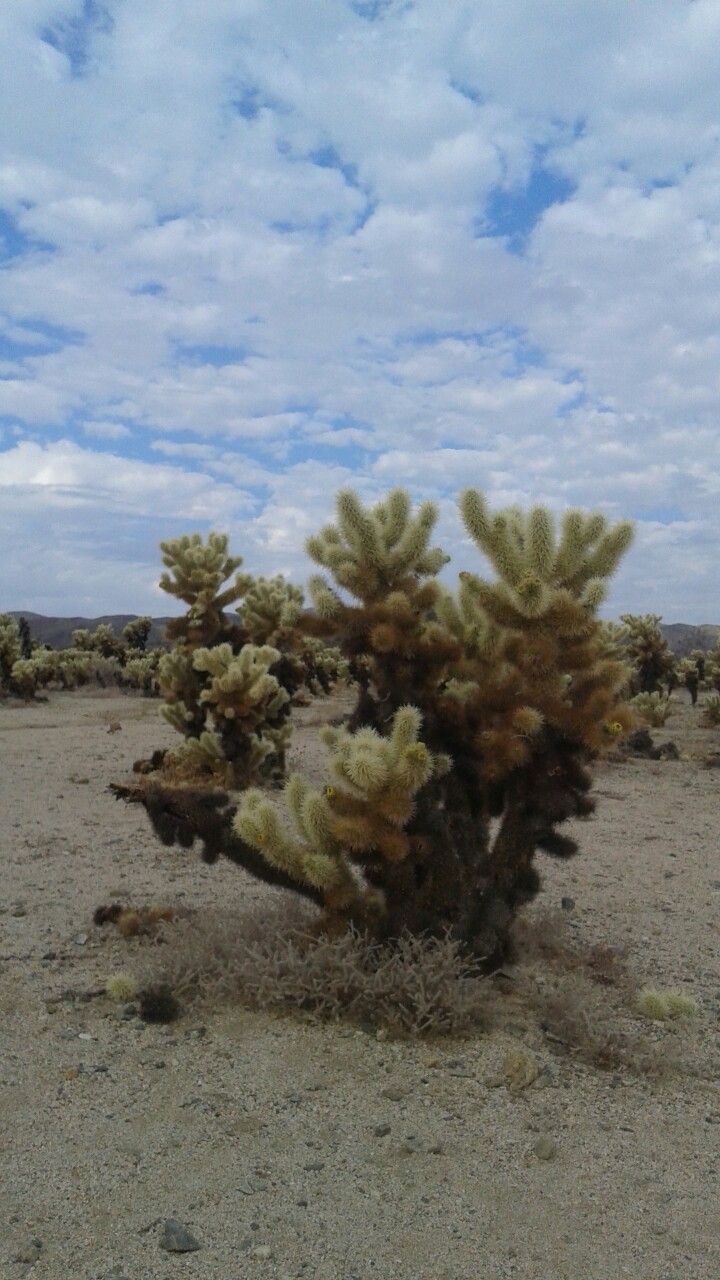The Cactus Garden at Joshua Tree National Park, a striking tableau of nature’s artistry, enthralls visitors with its mesmerizing array of cacti, each specimen a testament to resilience and beauty. Nestled amid the rugged landscapes of Southern California, this enchanting locale serves as a microcosm for exploring the intriguing characteristics of desert flora and the complexities of survival in arid environments.
As guests wander through the Cactus Garden, they often pause in awe, captivated by the peculiar forms and intricacies of the cacti on display. The dense congregation of cholla and prickly pear creates a surreal atmosphere, where the interplay of light and shadow plays tricks on the observer’s mind. But why does this dense assemblage evoke such fascination? The answer lies not just in the visual spectacle, but in the deeper connections humans forge with these resilient plants.
The allure of the Cactus Garden extends beyond mere aesthetics; it encapsulates the indomitable spirit of life in harsh conditions. The cacti exemplify how organisms have adapted to thrive in an unforgiving habitat, a narrative that resonates profoundly within the human experience. Visitors leave the garden not only with photographs but also with a renewed appreciation for resilience, both in plants and in themselves.
Exploring the Garden: An In-Depth Look at Your Surroundings
Upon arrival, the Cactus Garden greets you with an expansive vista dominated by the distinctive shapes of various cacti. The most prominent species here is the teddy bear cholla (Cylindropuntia bigelovii), named for its hairy, plush appearance that intriguingly belies its painful spines. Care should be taken not to brush too closely against these deceptively inviting specimens, as they are notorious for their ability to cling to unsuspecting passersby.
In addition to the teddy bear cholla, visitors will encounter the iconic Joshua Tree (Yucca brevifolia), which, despite its name, is not a cactus but a member of the agave family. Its tall, spiky form stands as a sentinel over the landscape, cohabitating with the myriad of cacti and creating an eco-diverse environment where various species thrive in harmony.
Every step in the Cactus Garden reveals new nuances; the silvery-gray tones of the desert floor contrast starkly with the vibrant greens and earth tones of the cacti. Patches of wildflowers, typically blooming in spring, punctuate the landscape with splashes of color, creating a visual feast for nature enthusiasts and photographers alike. The seasonal changes invite repeat visits, ensuring that the Garden is always a fresh experience, with each season bearing its unique palette and character.
The Scientific Beneath the Surface: Ecology and Adaptation
The ecological significance of the Cactus Garden extends beyond its aesthetic appeal. This unique environment serves as a site of intense study for ecologists and botanists alike. Many species of cacti have evolved remarkable adaptations to minimize water loss, a critical survival mechanism in the desert. The thick, waxy cuticle on their epidermis acts as a barrier against moisture evaporation, while their shallow root systems maximize water absorption during the brief and often erratic rainfall events.
Moreover, cacti showcase fascinating reproductive strategies. They often rely on nocturnal pollinators, such as bats and moths, which are attracted to their fragrant blooms. This reliance on specialized pollinators highlights the intricate relationships within the ecosystem, revealing how each component plays a critical role in sustaining the ecological balance.
The Cactus Garden’s role extends past its physical borders; it participates in the larger narrative of conservation efforts. As climate change poses increasing challenges to desert ecosystems, studies conducted in areas like this garden contribute valuable knowledge to the fight against biodiversity loss. Research conducted here informs conservation strategies designed to protect sensitive habitats and their inhabitants.
A Visitor’s Experience: Immersion in Nature
Visiting the Cactus Garden is more than an excursion; it is an immersive journey that engages the senses. The textures of the cacti, varying from the smooth surfaces of the prickly pear to the spiny contours of the cholla, invite tactile exploration. The rich, earthy scent of the dry desert air blends harmoniously with the faint sweetness of blooming flowers, creating an olfactory signature that is both calming and invigorating.
To enhance the experience, consider visiting during the golden hours of dawn or dusk. The low angle of the sun casts a warm glow over the garden, illuminating the cacti while enhancing their colors and shapes. Photographers will find this light to be particularly flattering and inspiring, capturing the essence of the landscape in a way that can be both uplifting and contemplative.
Moreover, engaging with the surrounding wildlife, including various bird species and lizards, adds another layer to the experience. Observing these creatures offers insight into the intricacies of the ecosystem and highlights the interdependence of life forms within this delicate environment.
Final Thoughts: The Cactus Garden as a Reflection of Resilience
As visitors traverse the Cactus Garden at Joshua Tree National Park, they partake in an experience that transcends the mere observation of flora. This space embodies nature’s remarkable ability to flourish amidst adversity, inspiring a profound respect for the environment and a deeper understanding of life itself. The Cactus Garden serves as a reminder of the beauty found in resilience, making it a must-visit destination for those seeking both adventure and enlightenment.





Leave a Comment